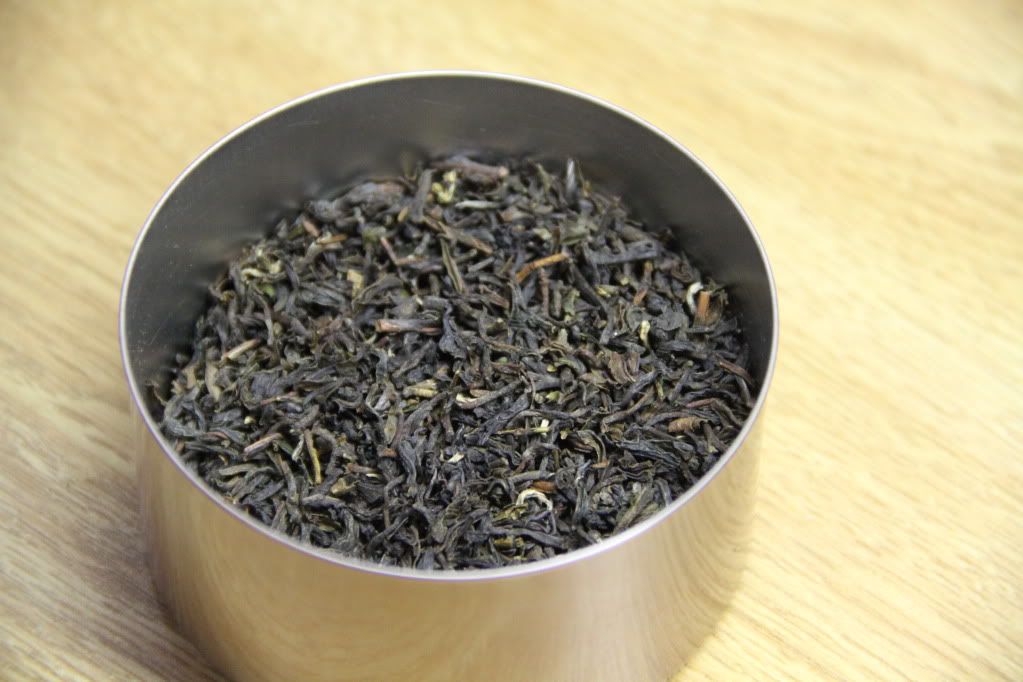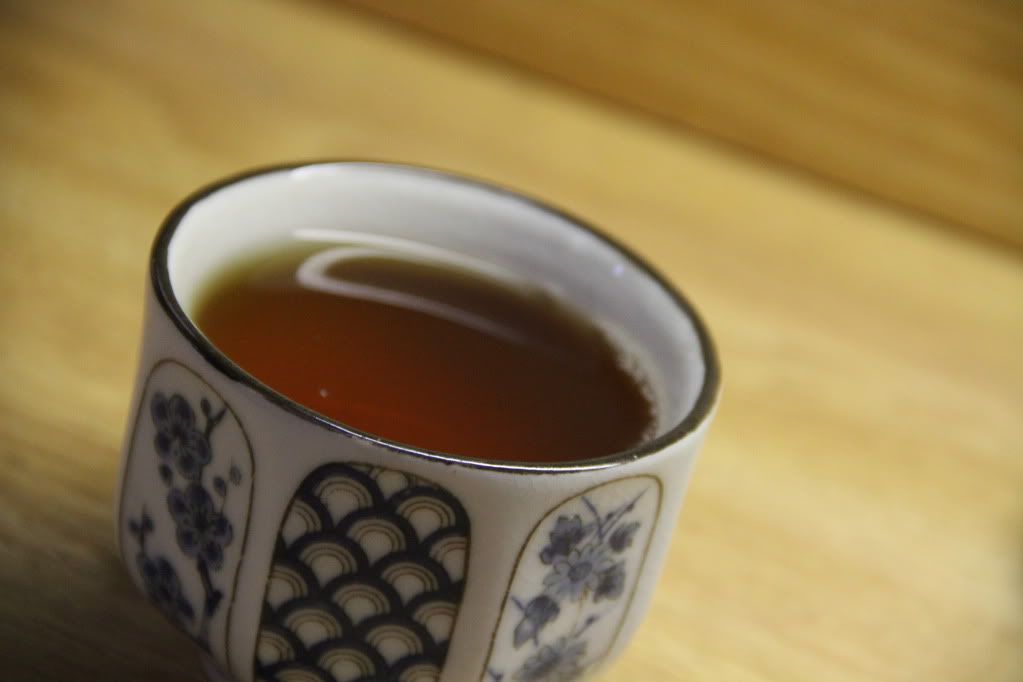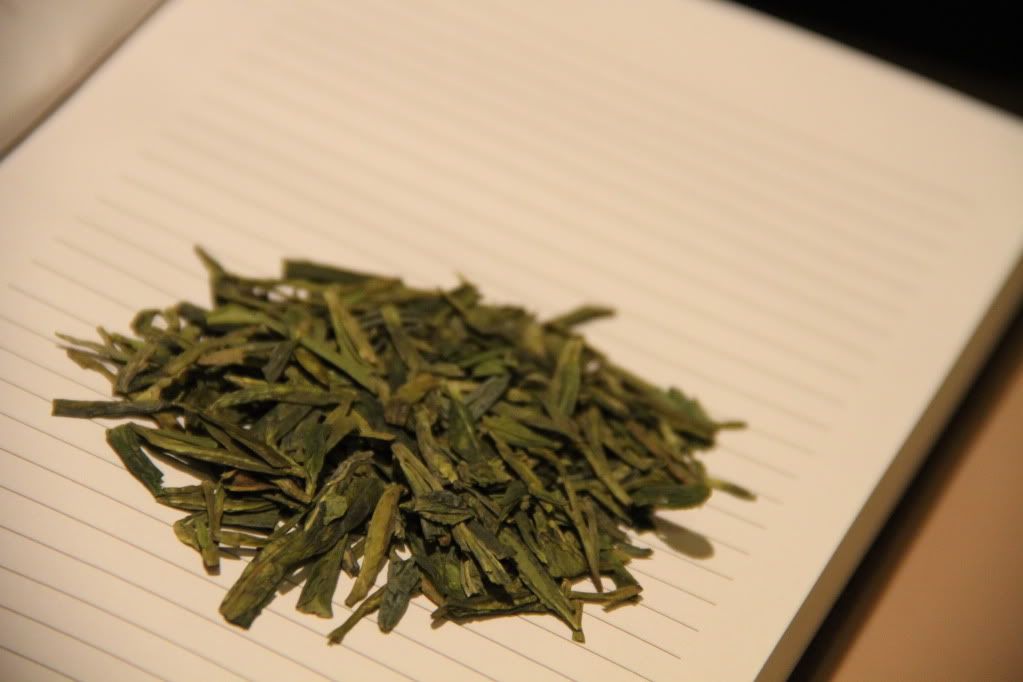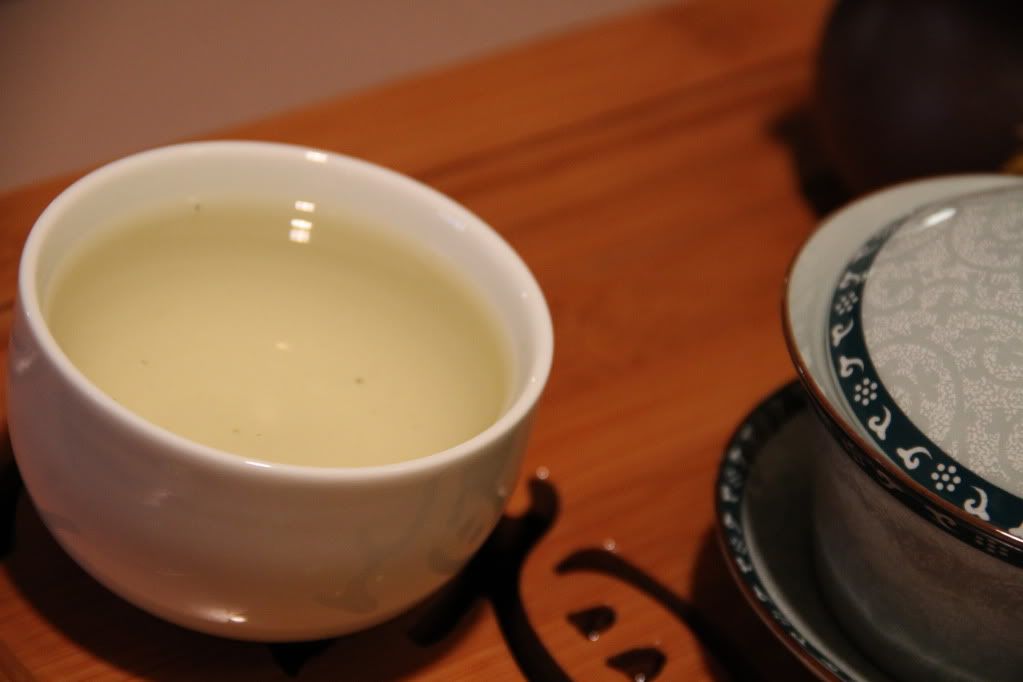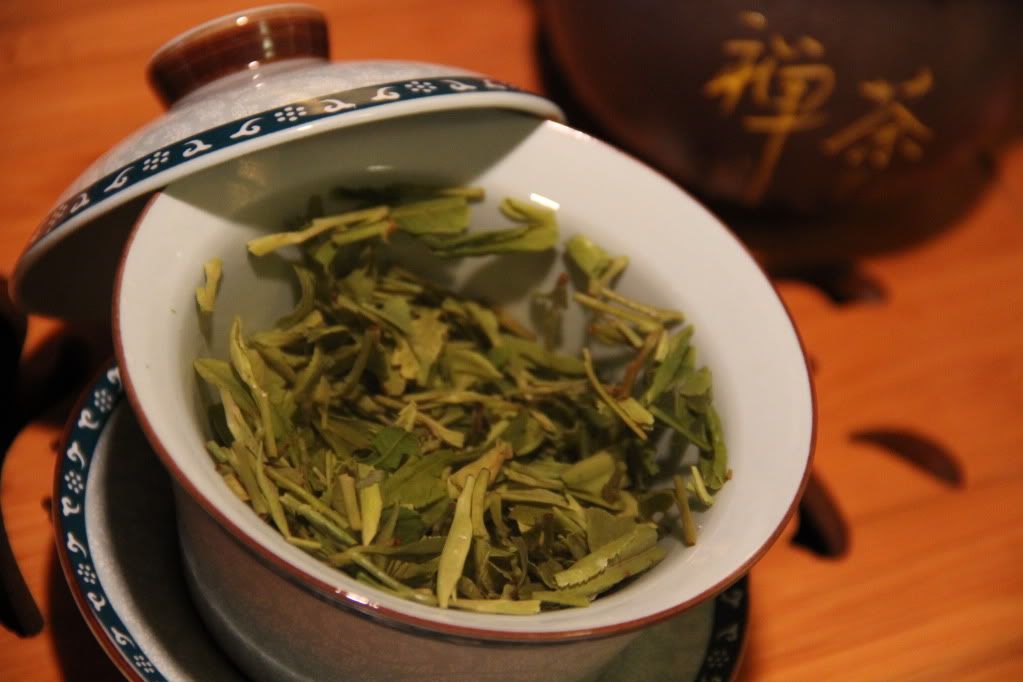This tea is direct from Darjeeling via DarjeelingTeaXpress.
Ordering from the source can have a tendency to empty a wallet at quite an alarming rate, but it is well worth it if one orders the right products.
SFTGFOP-1....What does that stand for, you ask?
Special Finest Tippy Golden Flowery Orange Pekoe 1.
Supposedly this is the highest grade of black tea to be had. Do not be fooled though; the grade only denotes leaf size and the ratio of bud to leaf. It gives no insight into the flavor of the tea.
The dry leaf, as you can see, is stunning. This is a prime example of what I personally look for in a Darjeeling tea (second and autumnal flush only; first flush should be lighter in appearance).
Wafting up from the leaves are two different dimensions of olfactory pleasure.
Squash and cabbage aromas present the first glimpse.
Almond and vanilla notes follow.
Although a mix of mashed squash and shaved almonds atop a bed of cabbage, with vanilla bean garnish might not sound appetizing, let me tell you otherwise!
Strong scents of vanilla and almond were quite noticeable.
As I inhaled deeper my mind was brought back to one of the joys of autumn; dry leaves, piled into a mound, waiting for someone to jump in and let leaves fly.
Muscatel came forth out of the background.
A mild astringency bit my tongue and the sides of my mouth.
Vegetal tastes of green beans presented themselves thereafter.
Once exiting the confines of my palate, the tea left with me remnants of honey and nutmeg.
I enjoy that even a tea that cannot be used for further steeping still changes.
That is one of the beauties of tea.
One of life's simple pleasures.
~billy
